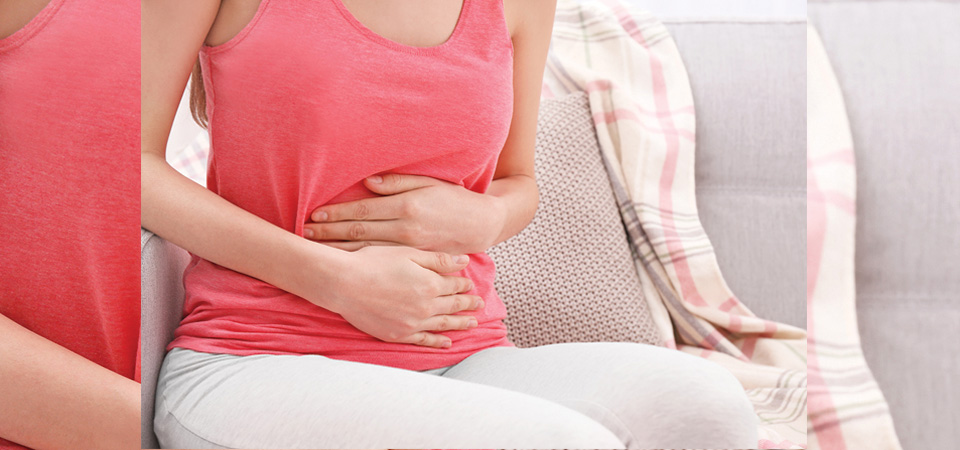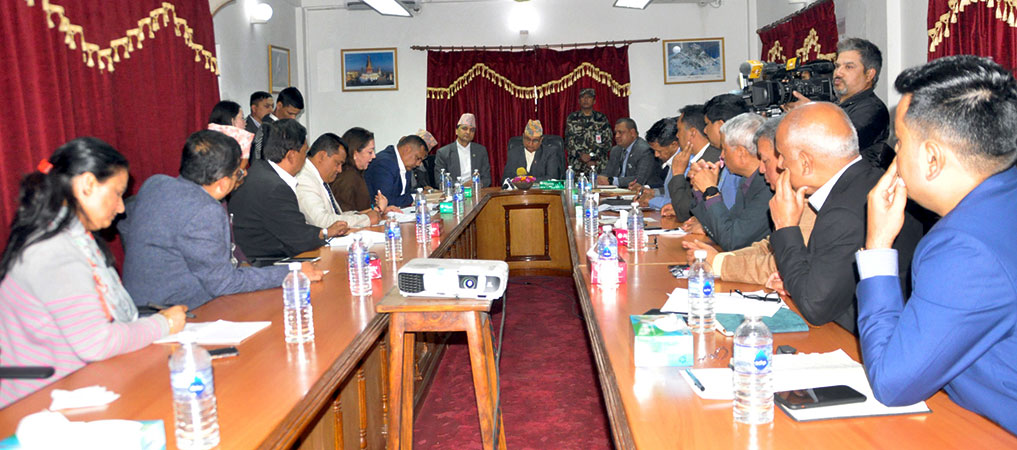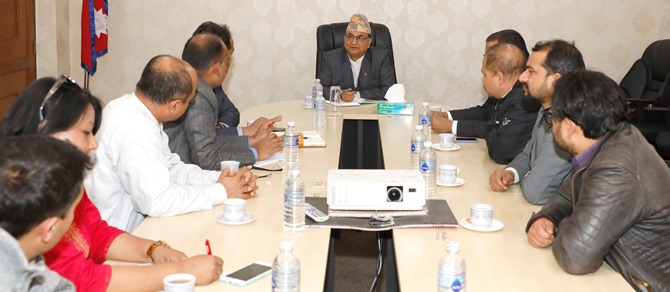Women preferring eco-friendly menstrual cups over sanitary pads

Kathmandu, Jan. 26: Are you among those who have considered using a menstrual cup but still trust the sanitary pad over it due to fears or hesitancies? If yes, then it’s high time you should watch YouTube tutorials or inspiring videos of Nepali women to understand how safe and effective this small and bell-shaped cup is.
Shikshya Sangraula, a model, in her Tik Tok shared the reason why she switched to menstrual cups.
According to her, it is both user and eco-friendly. “A female menstruates 500-700 times in her life span and uses at least 7,000 sanitary pads throughout her life. It is said that it takes almost 500 years to decompose a single pad. So using a menstrual cup is a must for green and sustainable menstruation.”
Nandani Luitel, 19, of Dhapasi has recently inclined towards using a menstrual cup on the recommendation from a peer group.
Sharing her experience, Luitel said, “I was very scared while trying the cup for the first time thinking that it might get stuck inside. But I watched the YouTube tutorials and got the idea to use it safely.”
“I am now using it because it gets comfortable with my body. I am a happy cup user now.”
Shivani Gurung, 26, of Old Baneshwor, who works in the field of Water and Sanitation, has been using a menstrual cup for the last three years.
“The only reason I decided to switch to a menstrual cup is that it is environment-friendly. Unlike sanitary pads, they do less damage to the environment,” she said. Counting the benefits of using a menstrual cup, Gurung said it is cost-effective because buying a cup is a long-term investment. “I used to spend up to Rs. 200 during every menstrual cycle. I bought two menstrual cups at Rs. 3,000 three years ago and I am still using them.”
“Moreover, I can wear a cup for up to 6-8 hours. I don’t have to change it frequently like pads and there are less chances of leakage. Now I have rashes-and-odour-free periods. I don’t even feel like having my period,” she added.
Recently many college-goers and working professionals have switched to menstrual cups because they have proven to be safe and effective. They are inclined toward using it on the recommendation from peer group, internet or colleagues. However, menstrual cups are hardly known in Nepal, compared to the widespread acceptance and use of disposable sanitary pads.
When it comes to inserting a budget and eco-friendly silicone menstrual cup into their body, even those who are aware about it also feel uncomfortable because they fear that using it will hurt, it might get stuck into uterus and some also fear that using a cup can break their virginity. However, Gynecologist Dr. Swosti Sharma said, “Made of medical-grade silicon, it is completely safe and leaves no harmful residues. In fact, it has less side effects compared to menstrual pads and tampons, which can increase the risk of Toxic Shock Syndrome due to bacterial growth.”
Dr. Sharma said, “We just simply need to empty the cup and wash with running water and insert it again. For better hygiene we need to sterilise it in boiling water after every menstrual cycle”
There are a number of startup and online retailers like Glow Getter Flow Cup, Menstrual Cup Nepal and Cozy Menstrual Cup, who sell these cups. Their prices vary from Rs. 550 to Rs. 2,000, according to their size and quality.
Rupa Pandey, an owner of Cozy Menstrual Cups, an online cup seller, said, “Menstrual cups are safe, reusable and cost-effective. One can wear a reusable cup for up to 6-12 hours before it needs to be removed and washed.”
“Inserting and removing a menstrual cup can be messy when a person is first using it,” she said.
This wallet-friendly reusable cup can last up to 5-6 years. That means less waste in landfills and less money over time, she added.
Kushu Thapa, owner of Menstrual Cup Nepal, also witnessed the increasing number of cup users.
Recalling the time when she started the business, Thapa said earlier they used to get negative feedbacks. “But once the people got used to it, they started giving positive feedback. Now, our customers are recommending our products to their friends and family circle.”
Recent News

Do not make expressions casting dout on election: EC
14 Apr, 2022
CM Bhatta says may New Year 2079 BS inspire positive thinking
14 Apr, 2022
Three new cases, 44 recoveries in 24 hours
14 Apr, 2022
689 climbers of 84 teams so far acquire permits for climbing various peaks this spring season
14 Apr, 2022
How the rising cost of living crisis is impacting Nepal
14 Apr, 2022
US military confirms an interstellar meteor collided with Earth
14 Apr, 2022
Valneva Covid vaccine approved for use in UK
14 Apr, 2022
Chair Prachanda highlights need of unity among Maoist, Communist forces
14 Apr, 2022
Ranbir Kapoor and Alia Bhatt: Bollywood toasts star couple on wedding
14 Apr, 2022
President Bhandari confers decorations (Photo Feature)
14 Apr, 2022










